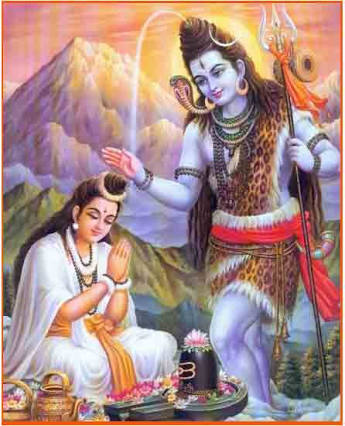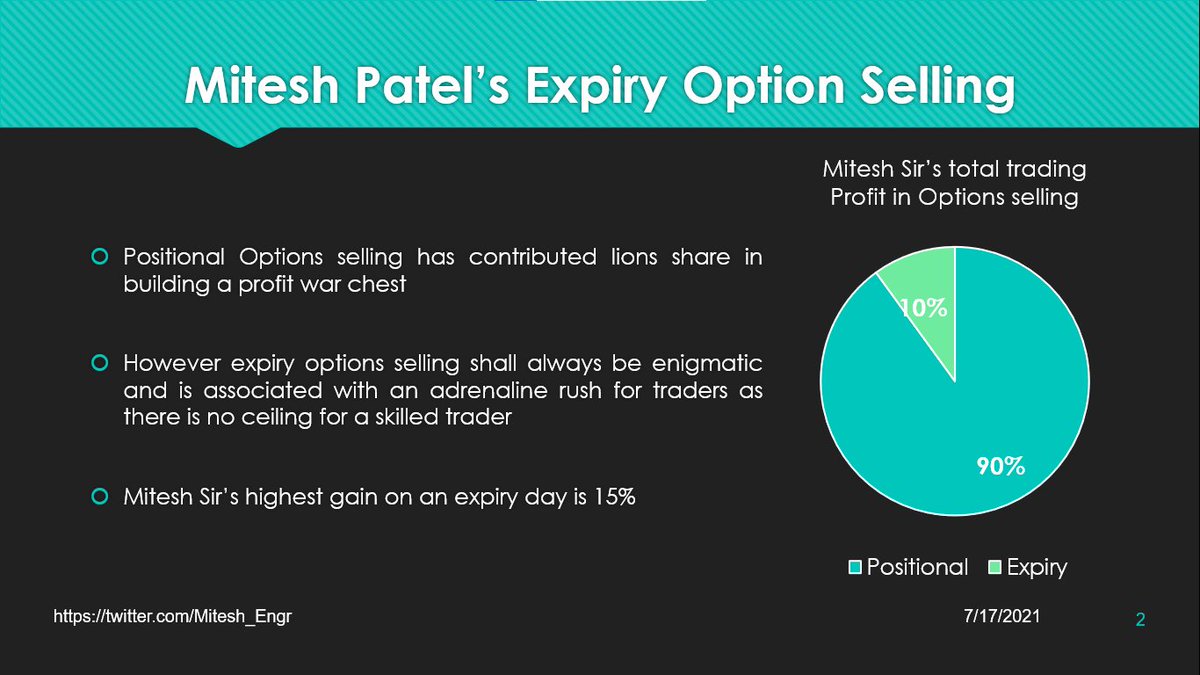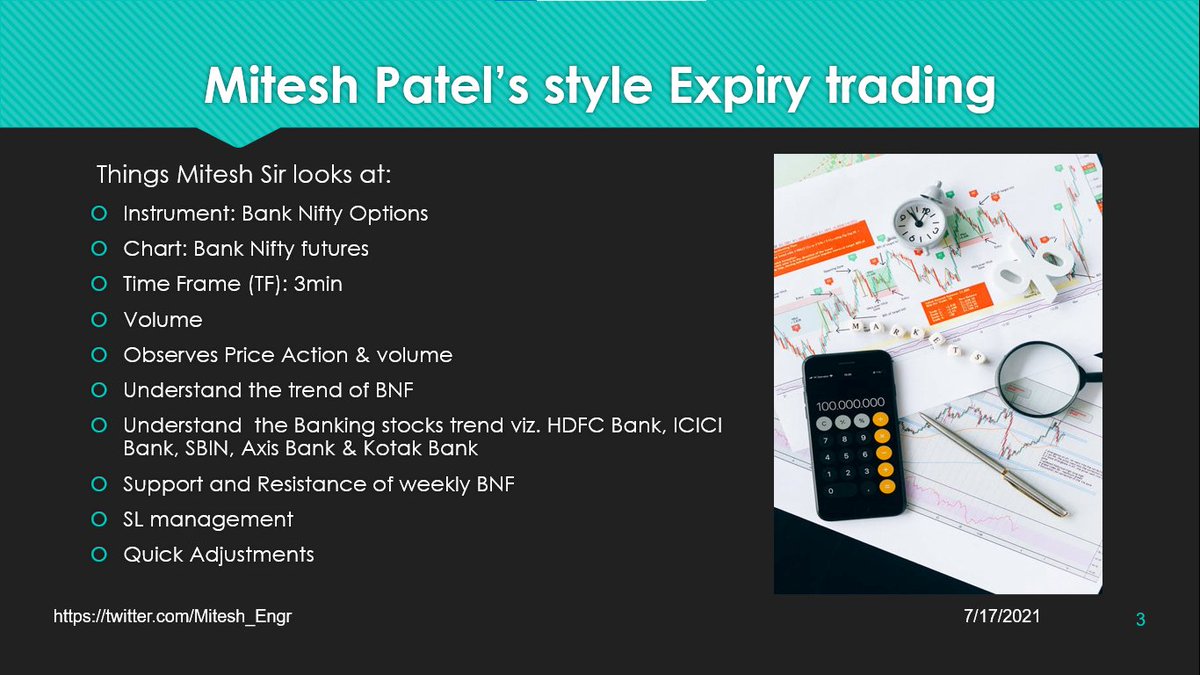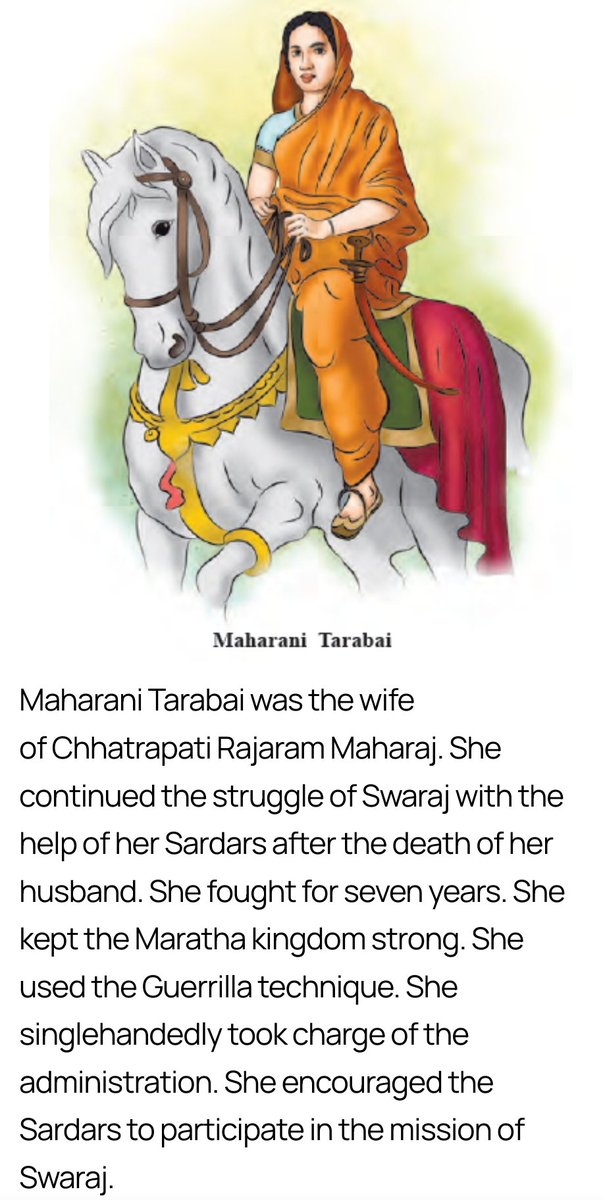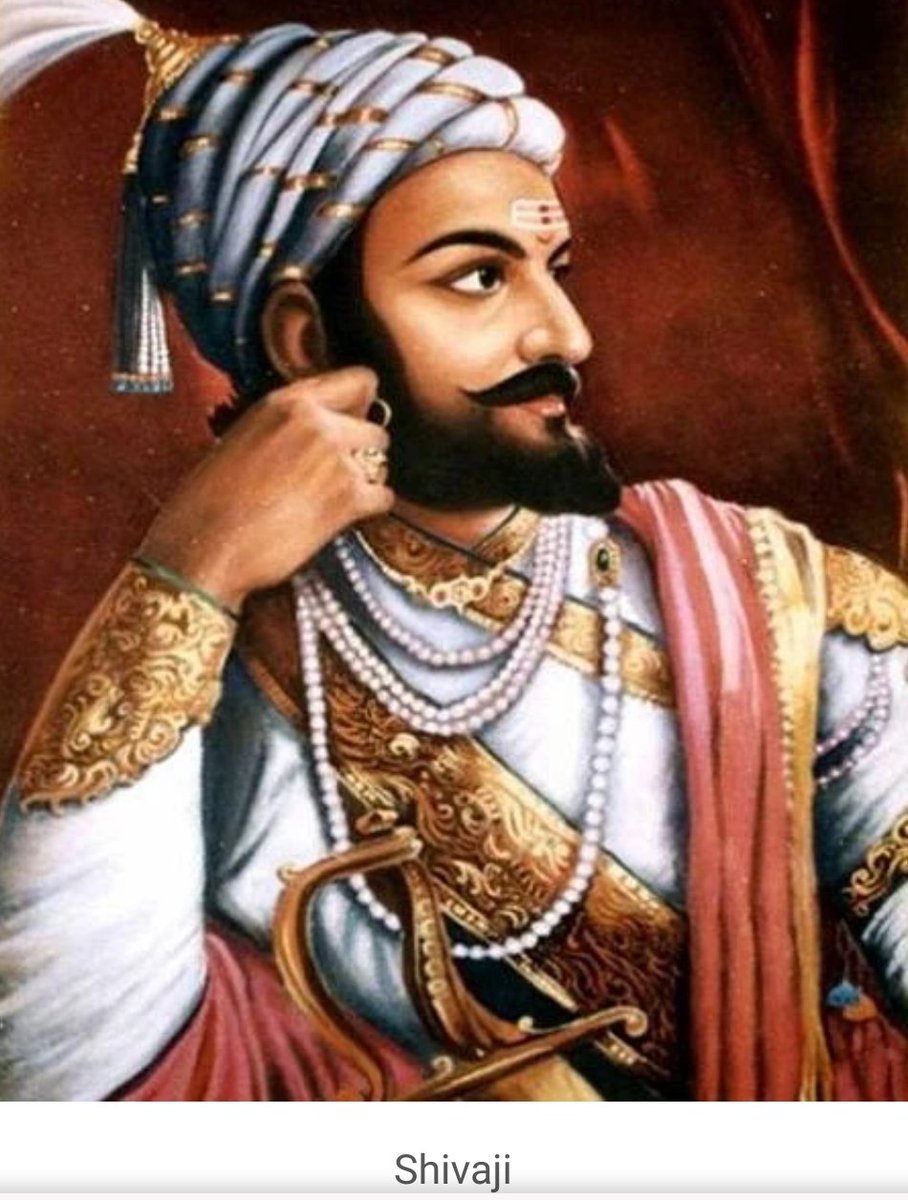2. The best traders are not born, they create themselves - through hard work & persistence.
25 Hard-hitting truths every Trader should know -
🧵
2. The best traders are not born, they create themselves - through hard work & persistence.
4. Forming a view is easy - acting on it is hard.
6. Without data, your views are just opinions - the market will send them to 'trash' in a second.
8. Unless you find your 'edge' you won't survive here.
10. The more easier any trade looks - the more dangerous it is.
12. If you don't trust yourself - you won't make big success here
14. The lesser you rely on indicators - the sharper your trades will be.
16. Risk management is the biggest holy grail you'll ever get.
18. If your previous trade's result is affecting your next trade - you have a long way to go.
Make sure you follow me @CnceptualTrader to get the DM. https://t.co/JQBXIed8Q3
25 Hard-hitting truths every Trader should know -
— The Cnceptual Trader \U0001f1ee\U0001f1f3 (@CnceptualTrader) October 9, 2022
\U0001f9f5
More from The Cnceptual Trader 🇮🇳
More from All
You May Also Like
A brief analysis and comparison of the CSS for Twitter's PWA vs Twitter's legacy desktop website. The difference is dramatic and I'll touch on some reasons why.
Legacy site *downloads* ~630 KB CSS per theme and writing direction.
6,769 rules
9,252 selectors
16.7k declarations
3,370 unique declarations
44 media queries
36 unique colors
50 unique background colors
46 unique font sizes
39 unique z-indices
https://t.co/qyl4Bt1i5x

PWA *incrementally generates* ~30 KB CSS that handles all themes and writing directions.
735 rules
740 selectors
757 declarations
730 unique declarations
0 media queries
11 unique colors
32 unique background colors
15 unique font sizes
7 unique z-indices
https://t.co/w7oNG5KUkJ

The legacy site's CSS is what happens when hundreds of people directly write CSS over many years. Specificity wars, redundancy, a house of cards that can't be fixed. The result is extremely inefficient and error-prone styling that punishes users and developers.
The PWA's CSS is generated on-demand by a JS framework that manages styles and outputs "atomic CSS". The framework can enforce strict constraints and perform optimisations, which is why the CSS is so much smaller and safer. Style conflicts and unbounded CSS growth are avoided.
Legacy site *downloads* ~630 KB CSS per theme and writing direction.
6,769 rules
9,252 selectors
16.7k declarations
3,370 unique declarations
44 media queries
36 unique colors
50 unique background colors
46 unique font sizes
39 unique z-indices
https://t.co/qyl4Bt1i5x

PWA *incrementally generates* ~30 KB CSS that handles all themes and writing directions.
735 rules
740 selectors
757 declarations
730 unique declarations
0 media queries
11 unique colors
32 unique background colors
15 unique font sizes
7 unique z-indices
https://t.co/w7oNG5KUkJ

The legacy site's CSS is what happens when hundreds of people directly write CSS over many years. Specificity wars, redundancy, a house of cards that can't be fixed. The result is extremely inefficient and error-prone styling that punishes users and developers.
The PWA's CSS is generated on-demand by a JS framework that manages styles and outputs "atomic CSS". The framework can enforce strict constraints and perform optimisations, which is why the CSS is so much smaller and safer. Style conflicts and unbounded CSS growth are avoided.













